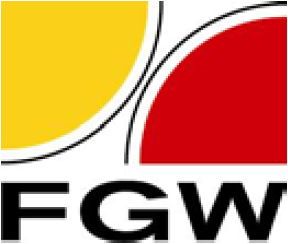|
Lambda Test System |
Test system design and measurements of the thermal conductivity for composite pipesA significant fraction of human energy consumption is used for heating purposes thus efficient and durable insulation is a necessity. Although different materials have been used to insulate district heating pipes over the last decades only few studies have been conducted on the long-term aging effects. This study has two main objectives: First, the development of a cost efficient and reliable measurement system to determine the thermal conductivity of insulation layers in compound pipes. Secondly, to analyze unused and used plastic jacket pipes in order to study the change of thermal conductivity due to aging effects in the insulation material for PUR closed-cell foams.A variety of factors have to be considered in the design of a measurement system (e.g. the most suitable time constant, amount of available funds, sensor type, means of measuring surface temperatures, data acquisition layout and operation). The guidelines for such measurements given in appendix F of the European standard EN 253 and general literature have been researched and implemented as far as possible. The measurement system uses thermal equilibrium of the sample pipe with an ambient air volume and heating power monitoring to calculate the thermal conductivity of the insulation layer. The setup consists of a specimen housing where the samples are mounted on two support posts in a temperature controlled environment, a control unit which regulates the heating and cooling elements and a data acquisition unit which converts the electric sensor signals into a digtial data stream accessible via a virtual serial port.A small number of samples was chosen and more than 200 measurement runs conducted. The results indicate a smaller deterioration of the insulation properties than former studies with artificially aged pipes stated. The used sample pipes showed that even after prolonged operation of more than 20 years at usual temperatures in the range of 80°C to 90°C only small relative increases in thermal conductivity smaller than 10% can be detected. Furthermore this project has highlighted the possibilities for low-cost testing systems for plastic jacket pipes. |


